Home>Storage & Organization>Closet & Wardrobe Organization>How To Organize Your Home In 30 Days
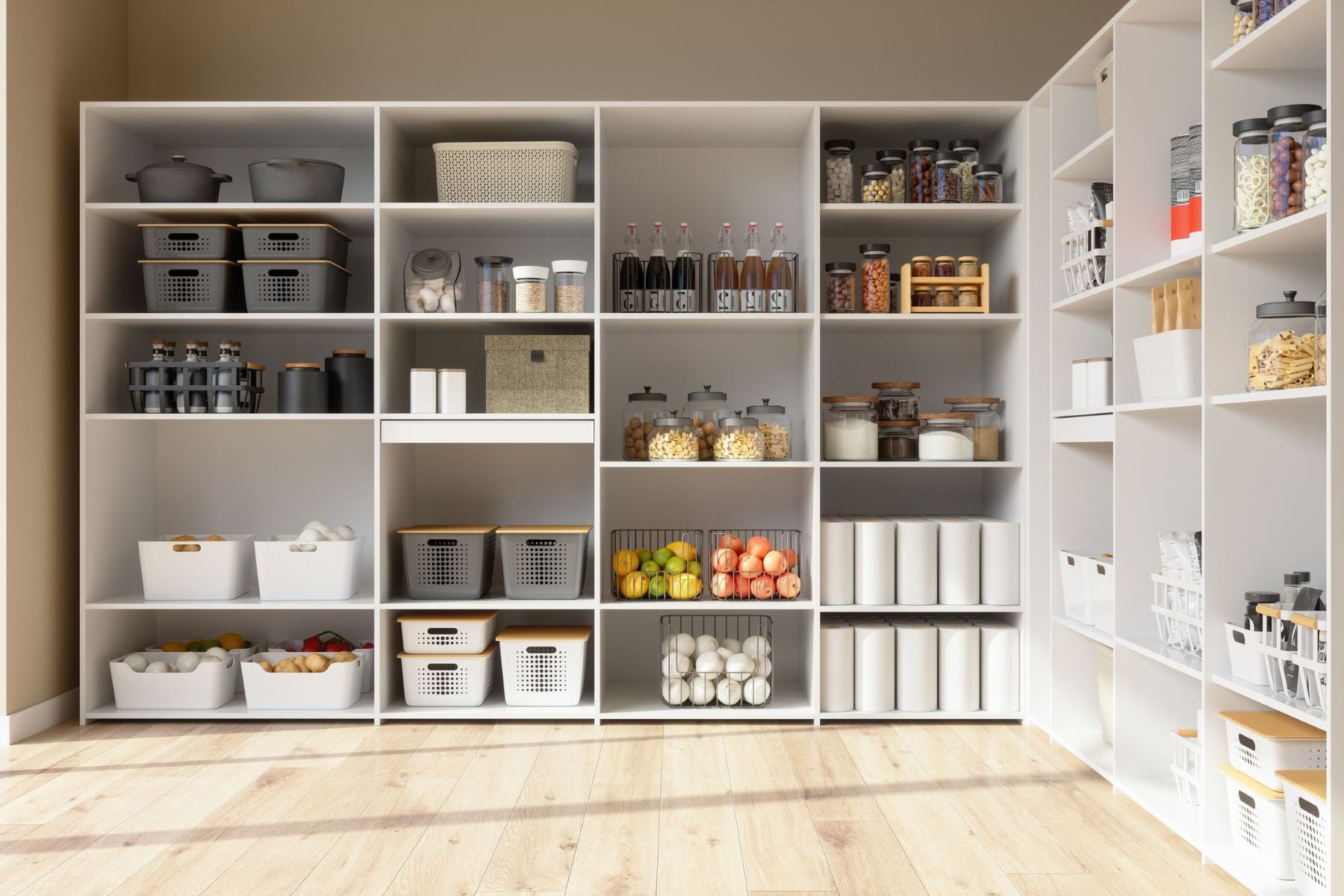

Closet & Wardrobe Organization
How To Organize Your Home In 30 Days
Published: March 2, 2024
Transform your home with our 30-day organization challenge! Get expert tips for closet and wardrobe organization to declutter and streamline your space. Start today!
(Many of the links in this article redirect to a specific reviewed product. Your purchase of these products through affiliate links helps to generate commission for Storables.com, at no extra cost. Learn more)
Introduction
Are you tired of living in a cluttered and disorganized home? Do you dream of having a space that is tidy, functional, and a joy to live in? If so, you're in the right place! In this article, we will guide you through the process of organizing your home in just 30 days. By following our step-by-step plan, you can transform your living space into an organized oasis that will make your daily life more efficient and enjoyable. So, roll up your sleeves and get ready to declutter, clean, and organize your way to a happier and more harmonious home!
Key Takeaways:
- Transform your home into an organized oasis in just 30 days by setting clear goals, decluttering effectively, and creating a cleaning schedule. Maintain your organized home with daily tidying and monthly assessments.
- Organize your kitchen, bedroom, living room, bathroom, and home office strategically to create functional and inviting spaces. Involve the whole family in maintaining an organized and harmonious home.
Setting Your Goals
Before embarking on your 30-day journey to organize your home, it's essential to set clear and achievable goals. Take some time to envision what you want your organized home to look and feel like. Consider the specific areas of your home that need the most attention and think about how you want to use those spaces. Do you want a clutter-free kitchen where you can easily prepare meals? Or perhaps a serene bedroom that promotes relaxation and restful sleep? By defining your goals, you'll have a clear vision to guide you through the organizing process.
To set your goals effectively, consider the following points:
- Specificity: Be specific about what you want to achieve. Instead of saying, "I want a cleaner home," try "I want to declutter and organize my kitchen cabinets and countertops."
- Realistic: Set goals that are attainable within the 30-day timeframe. Don't overwhelm yourself with unrealistic expectations.
- Prioritization: Identify the areas of your home that need the most attention and prioritize them in your goals. This will help you focus your efforts where they are most needed.
- Measurable: Define how you will measure your progress. For example, you might set a goal to donate or discard a certain number of items each week.
By setting clear and achievable goals, you'll be better equipped to stay motivated and focused throughout the 30-day organizing journey.
Decluttering Your Space
Decluttering is the crucial first step in organizing your home. It involves purging your living space of unnecessary items, clearing out the excess, and making room for the things that truly matter. Here's how you can tackle the decluttering process effectively:
-
Start Small: Begin with a manageable area, such as a single drawer or a small closet. This will help you build momentum and prevent feeling overwhelmed.
-
Sort and Categorize: As you declutter, sort items into categories such as keep, donate, or discard. This will make the decision-making process easier and more efficient.
-
The KonMari Method: Consider using the KonMari method popularized by Marie Kondo, which involves evaluating each item based on whether it sparks joy. If an item doesn't bring you joy, it may be time to let it go.
-
Set Time Limits: To avoid getting bogged down, set a time limit for decluttering each area. For example, give yourself 20 minutes to declutter a specific shelf or cabinet.
-
Be Ruthless: When decluttering, be honest with yourself about what you truly need and use. Let go of items that no longer serve a purpose in your life.
-
Donate or Discard Promptly: Once you've sorted through your belongings, make sure to promptly donate or discard the items you've decided to part with. This will prevent them from lingering and creating clutter elsewhere in your home.
By decluttering your space, you'll create a solid foundation for the organizing process and pave the way for a more streamlined and functional home.
Creating a Cleaning Schedule
Creating a cleaning schedule is essential for maintaining an organized home. By establishing a regular routine for cleaning and tidying up, you can prevent clutter from accumulating and ensure that your living space remains fresh and inviting. Here's how you can create an effective cleaning schedule:
-
Assess Your Cleaning Needs: Take stock of the cleaning tasks that need to be done in your home. This may include vacuuming, dusting, mopping, laundry, and other chores specific to your living space.
-
Determine Frequency: Decide how often each cleaning task needs to be performed. Some tasks, such as vacuuming and dusting, may need to be done weekly, while others, like deep cleaning the refrigerator, may be done on a monthly basis.
-
Assign Tasks to Specific Days: Allocate specific cleaning tasks to particular days of the week. For example, you might designate Mondays for laundry, Tuesdays for dusting and vacuuming, Wednesdays for bathroom cleaning, and so on.
-
Be Realistic: When creating your cleaning schedule, be realistic about the time and energy you can dedicate to cleaning each day. Avoid overloading yourself with too many tasks on a single day.
-
Utilize a Cleaning Checklist: Consider creating a checklist for each day's cleaning tasks. This will help you stay organized and ensure that no essential chores are overlooked.
-
Flexibility: While it's important to stick to your cleaning schedule, it's also essential to be flexible. Life can be unpredictable, so be prepared to adjust your schedule when necessary.
-
Involve Your Household: If you live with family members or roommates, involve them in the cleaning schedule. Assign specific tasks to each person to share the responsibility and ensure that everyone contributes to maintaining a clean and organized home.
By creating and following a cleaning schedule, you can stay on top of household chores and prevent clutter and dirt from taking over your space. This proactive approach to cleaning will help you maintain the organized home you've worked hard to achieve.
Organizing Your Kitchen
The kitchen is often the heart of the home, and keeping it organized can make meal preparation and cooking a much more enjoyable experience. Here's how you can effectively organize your kitchen:
-
Declutter Your Cabinets and Pantry: Start by decluttering your cabinets and pantry. Remove any expired food items, duplicate utensils, and kitchen gadgets that you rarely use. This will free up space and make it easier to organize the items you use regularly.
-
Utilize Storage Containers: Invest in storage containers to keep your pantry items, such as grains, pasta, and snacks, neatly organized. Clear containers allow you to see the contents at a glance, making meal planning and grocery shopping more efficient.
-
Arrange Your Cabinets Strategically: Store frequently used items, such as pots, pans, and cooking utensils, in easily accessible cabinets or drawers. Consider using drawer dividers to keep utensils organized and prevent clutter.
-
Create Zones: Organize your kitchen into zones based on functionality. For example, designate a specific area for food preparation, cooking, and baking. This will streamline your workflow and make it easier to find what you need when you need it.
-
Maximize Vertical Space: Install shelves or racks on the inside of cabinet doors to maximize vertical storage space. This is a great way to store spices, measuring cups, and small kitchen tools without taking up valuable counter or shelf space.
-
Label Your Containers: Use labels to identify the contents of storage containers, especially in the pantry. This will help you locate items quickly and maintain an organized pantry over time.
-
Invest in Drawer Organizers: Drawer organizers are a game-changer for keeping your kitchen utensils, cutlery, and gadgets neatly arranged. They prevent items from getting jumbled together and make it easy to find what you need.
-
Streamline Your Countertops: Keep your countertops clutter-free by only displaying essential items, such as a knife block, cutting board, and frequently used appliances. Store less frequently used appliances in cabinets to free up space.
By following these tips, you can transform your kitchen into an organized and efficient space that makes cooking and meal preparation a breeze.
Start by decluttering one room at a time. Sort items into keep, donate, or toss piles. Use storage bins and labels to keep things organized.
Read more: 30 Storage Boxes to Keep Your Documents Tidy
Organizing Your Bedroom
Your bedroom should be a sanctuary for rest and relaxation, and keeping it organized can contribute to a peaceful and serene atmosphere. Here's how you can effectively organize your bedroom:
-
Declutter Your Closet: Begin by decluttering your closet. Sort through your clothing, shoes, and accessories, and set aside items that you no longer wear or need. Donate or discard these items to free up space and streamline your wardrobe.
-
Utilize Storage Solutions: Invest in storage solutions such as under-bed storage containers, hanging organizers, and drawer dividers. These tools can help maximize space and keep your belongings neatly arranged.
-
Organize Your Clothing: Arrange your clothing by category and consider organizing them by color for a visually appealing and functional closet. This makes it easier to find specific items and simplifies the process of getting dressed each day.
-
Create a Relaxing Bedside Area: Keep your bedside table clutter-free and organized. Consider using a small tray or organizer to corral items such as books, reading glasses, a lamp, and other essentials.
-
Maximize Closet Space: If your closet space is limited, consider using space-saving hangers, such as slim velvet hangers, to maximize hanging space. Additionally, install a second rod for shorter items like shirts or skirts to create more room for longer items like dresses and coats.
-
Invest in a Jewelry Organizer: Keep your jewelry organized and tangle-free by using a jewelry organizer or a dedicated jewelry box. This will make it easier to find and select accessories to complement your outfits.
-
Keep Surfaces Clutter-Free: Avoid cluttering dressers and other surfaces with unnecessary items. Limit the display of decorative items to a few carefully chosen pieces to maintain a sense of calm and order.
-
Create a Relaxing Atmosphere: Consider incorporating calming elements such as scented candles, soft lighting, and soothing colors to create a tranquil and restful environment in your bedroom.
By following these tips, you can transform your bedroom into an organized and peaceful retreat that promotes rest and relaxation.
Organizing Your Living Room
Your living room is a space where you relax, entertain guests, and spend quality time with family, so keeping it organized is essential for creating a welcoming and comfortable atmosphere. Here's how you can effectively organize your living room:
-
Declutter Your Space: Begin by decluttering your living room. Remove any items that don't belong in the space, such as misplaced dishes, toys, or clothing. Clearing out the clutter will instantly make the room feel more spacious and inviting.
-
Arrange Furniture Strategically: Consider the layout of your furniture to create a functional and visually appealing arrangement. Position seating to encourage conversation and ensure that pathways are clear and unobstructed.
-
Utilize Storage Solutions: Invest in storage solutions such as baskets, ottomans with hidden storage, and bookshelves to keep items like blankets, magazines, and remote controls neatly organized and out of sight.
-
Create a Focal Point: Designate a focal point in the room, such as a fireplace, a piece of artwork, or a statement piece of furniture. Arrange the rest of the furniture around this focal point to create a cohesive and inviting space.
-
Organize Entertainment Center: If you have a TV or entertainment center in your living room, keep the area organized by using cable management solutions to minimize clutter and arranging media components neatly.
-
Display Decor Thoughtfully: Limit the display of decorative items to avoid a cluttered look. Choose a few meaningful pieces to showcase, such as artwork, vases, or sculptures, and arrange them in a visually pleasing manner.
-
Maximize Vertical Space: Install shelves or wall-mounted storage to maximize vertical space and keep items off the floor. This is especially useful for displaying books, decorative items, and personal mementos.
-
Keep Surfaces Clutter-Free: Avoid cluttering coffee tables and side tables with unnecessary items. Use trays to corral items like coasters, remotes, and decorative accents to maintain a clean and organized look.
By following these tips, you can transform your living room into an organized and inviting space that is perfect for relaxing and entertaining.
Organizing Your Bathroom
The bathroom is a space where we start and end our day, and keeping it organized can contribute to a sense of calm and efficiency. Here's how you can effectively organize your bathroom:
-
Declutter Your Countertops and Cabinets: Begin by decluttering your countertops and cabinets. Remove any expired medications, empty bottles, or unused products. Clearing out the clutter will make it easier to organize the items you use regularly.
-
Utilize Drawer Organizers and Dividers: Invest in drawer organizers and dividers to keep your toiletries, makeup, and grooming tools neatly arranged. This will prevent items from getting jumbled together and make it easy to find what you need.
-
Maximize Vertical Storage: Install shelves or cabinets above the toilet or next to the vanity to maximize vertical storage space. This is a great way to store extra towels, toiletries, and cleaning supplies without taking up valuable floor space.
-
Create Zones for Different Items: Organize your bathroom into zones based on functionality. Designate specific areas for skincare products, hair care items, and grooming tools. This will streamline your daily routine and make it easier to find what you need.
-
Utilize Clear Containers for Storage: Use clear containers to store smaller items such as cotton balls, Q-tips, and hair accessories. Clear containers allow you to see the contents at a glance, making it easier to locate specific items.
-
Label Your Containers: Consider using labels to identify the contents of storage containers, especially in the medicine cabinet or linen closet. This will help you locate items quickly and maintain an organized bathroom over time.
-
Keep Surfaces Clutter-Free: Avoid cluttering the bathroom countertops with unnecessary items. Limit the display of decorative items to a few carefully chosen pieces to maintain a sense of calm and order.
-
Invest in Towel Hooks and Racks: Install towel hooks or racks to keep towels neatly hung and easily accessible. This will prevent towels from piling up and creating clutter in the bathroom.
By following these tips, you can transform your bathroom into an organized and functional space that makes your daily routine more efficient and enjoyable.
Organizing Your Home Office
Creating an organized and efficient home office is essential for productivity and focus. Whether you work from home or use your home office for personal tasks, keeping this space organized can have a significant impact on your daily routine. Here's how you can effectively organize your home office:
-
Declutter Your Workspace: Start by decluttering your home office space. Remove any unnecessary items, such as old paperwork, broken office supplies, or outdated technology. Clearing out the clutter will make it easier to organize the items you use regularly.
-
Invest in Functional Furniture: Choose furniture that serves a dual purpose, such as a desk with built-in storage or a filing cabinet that can also function as a side table. This will help maximize space and keep essential items within reach.
-
Organize Your Desk: Keep your desk clutter-free by using desk organizers, trays, and drawer dividers to corral pens, paper clips, and other small items. Utilize a desktop file organizer to manage incoming and outgoing paperwork.
-
Create a Filing System: Establish a filing system for important documents and paperwork. Use labeled file folders or color-coded tabs to categorize and organize documents by type, such as financial records, client information, or personal correspondence.
-
Maximize Vertical Storage: Install shelves or wall-mounted storage to maximize vertical space in your home office. This is a great way to store books, reference materials, and decorative items without cluttering your desk or work surface.
-
Designate a Technology Hub: Keep your technology and charging cables organized by creating a designated technology hub. Use cable management solutions to minimize cord clutter and keep your devices charged and ready for use.
-
Create a Task Management System: Implement a task management system, such as a bulletin board, whiteboard, or digital task management app, to keep track of deadlines, appointments, and to-do lists. This will help you stay organized and focused on your work.
-
Personalize Your Space: Incorporate personal touches such as artwork, plants, or motivational quotes to create a welcoming and inspiring work environment. A well-designed and personalized space can boost creativity and productivity.
By following these tips, you can transform your home office into an organized and efficient workspace that promotes focus, productivity, and a sense of calm.
Maintaining Your Organized Home
Maintaining an organized home is an ongoing process that requires consistency and dedication. Once you've invested the time and effort to declutter and organize your living space, it's essential to establish habits and routines that will help you sustain the newfound order. Here are some tips for maintaining your organized home:
-
Daily Tidying: Dedicate a few minutes each day to tidy up your living space. Put away items that have been left out, fluff the pillows, and do a quick surface wipe-down. This daily habit will prevent clutter from accumulating and keep your home looking neat and inviting.
-
Weekly Maintenance: Set aside time each week for more thorough cleaning and organizing tasks. This may include vacuuming, dusting, changing bed linens, and decluttering hotspots that tend to attract miscellaneous items.
-
Monthly Assessments: Conduct monthly assessments of your home to identify areas that may need attention. Check for any clutter buildup, expired items, or areas that have become disorganized. Addressing these issues promptly will prevent them from spiraling out of control.
-
Revisit Your Systems: Periodically revisit the organizational systems you've put in place. Assess whether they are still working effectively for you and make adjustments as needed. As your lifestyle and needs evolve, so too should your organizational strategies.
-
Incorporate the Whole Family: If you live with family members or roommates, involve them in the maintenance of an organized home. Encourage everyone to take responsibility for their belongings and contribute to keeping shared spaces tidy.
-
Celebrate Progress: Take the time to acknowledge and celebrate the progress you've made in maintaining an organized home. Recognizing the effort you've put in can be motivating and reinforce the importance of maintaining a clutter-free and functional living space.
By incorporating these maintenance practices into your daily and weekly routines, you can ensure that your organized home remains a peaceful and harmonious environment for the long term.
Frequently Asked Questions about How To Organize Your Home In 30 Days
Was this page helpful?
At Storables.com, we guarantee accurate and reliable information. Our content, validated by Expert Board Contributors, is crafted following stringent Editorial Policies. We're committed to providing you with well-researched, expert-backed insights for all your informational needs.
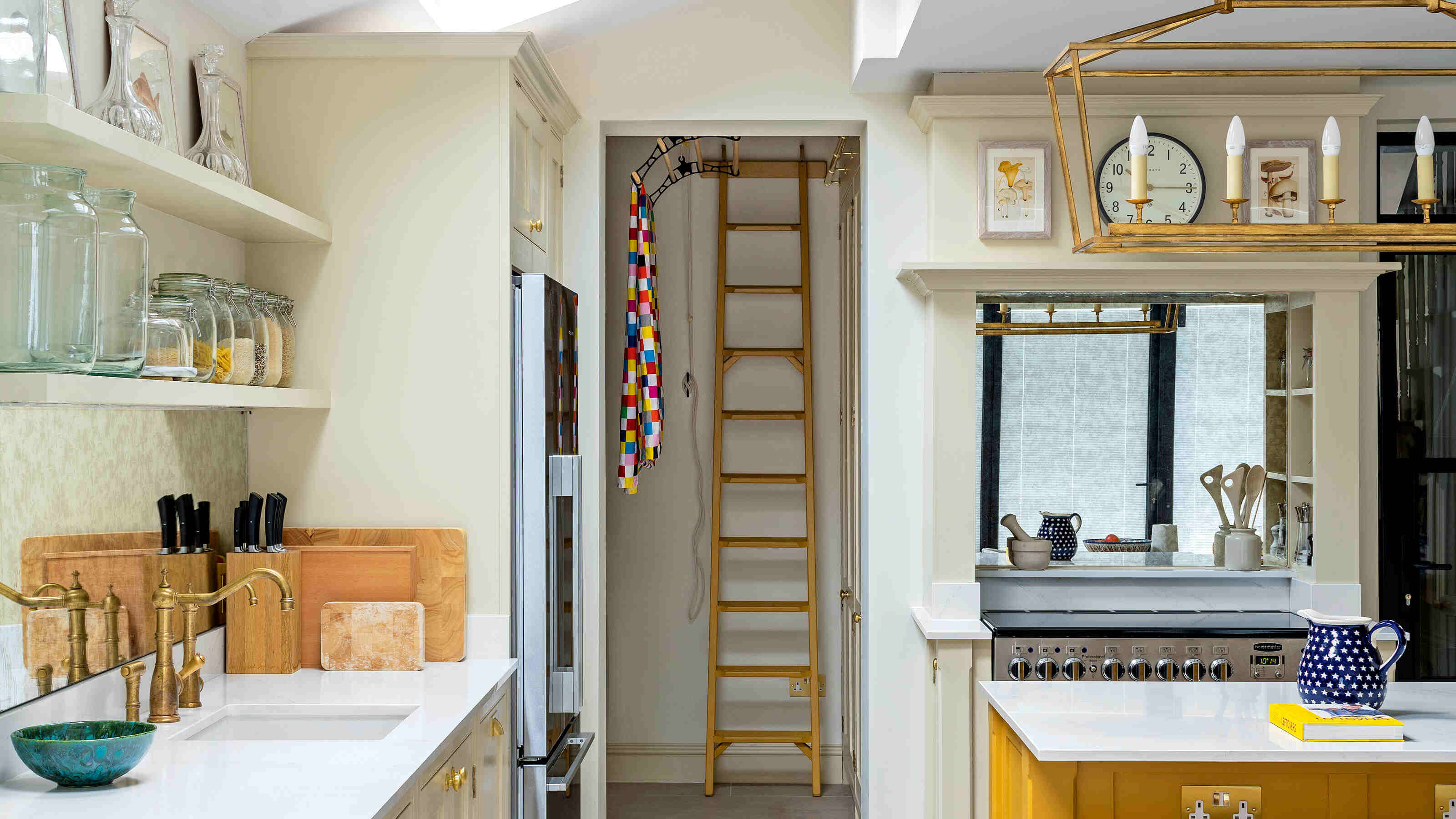
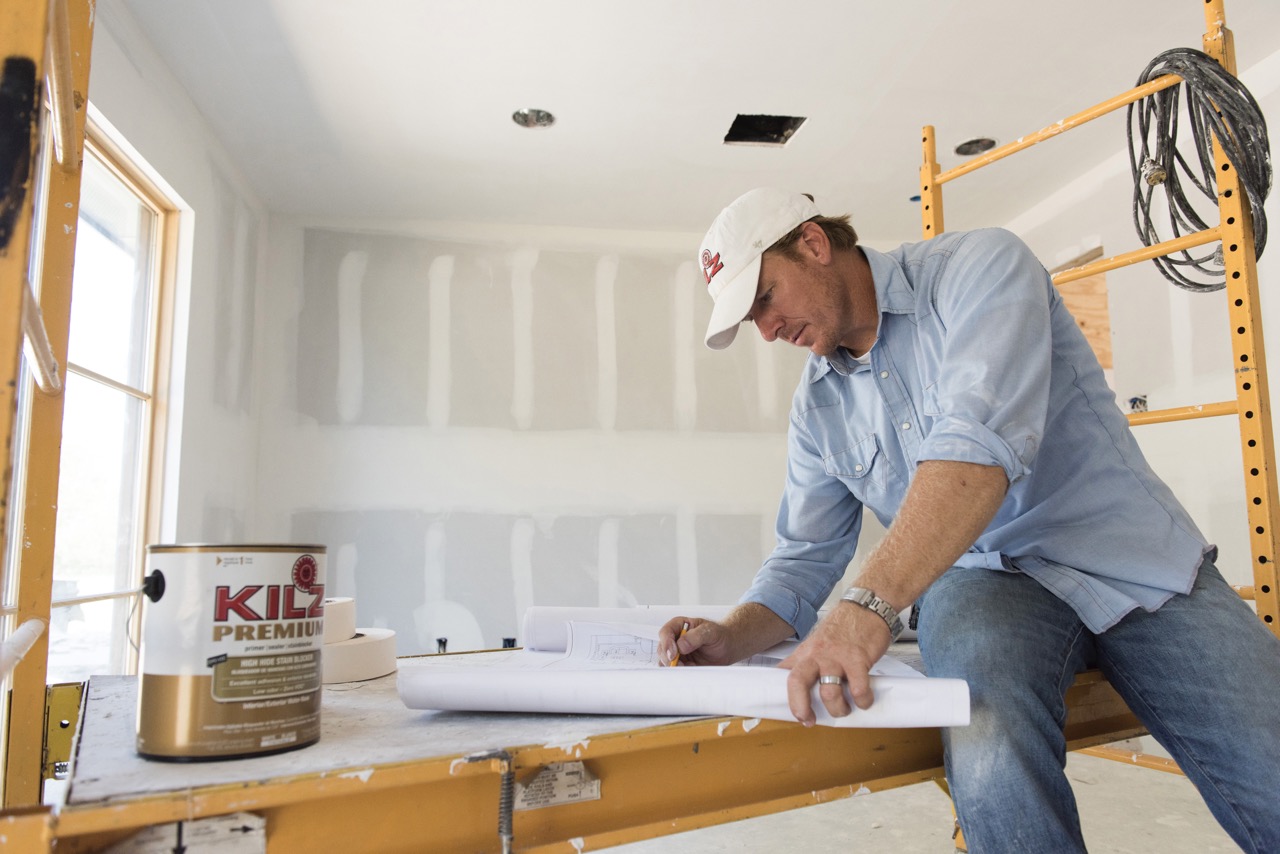

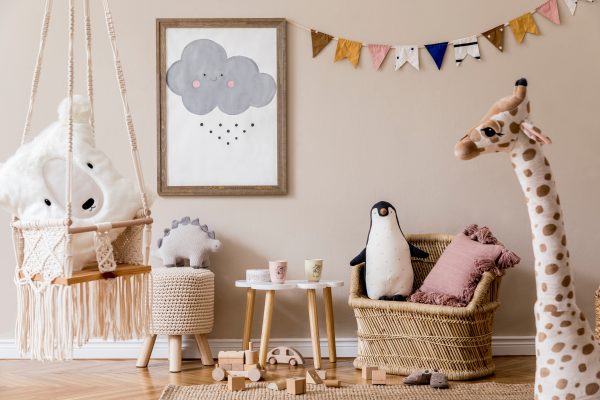
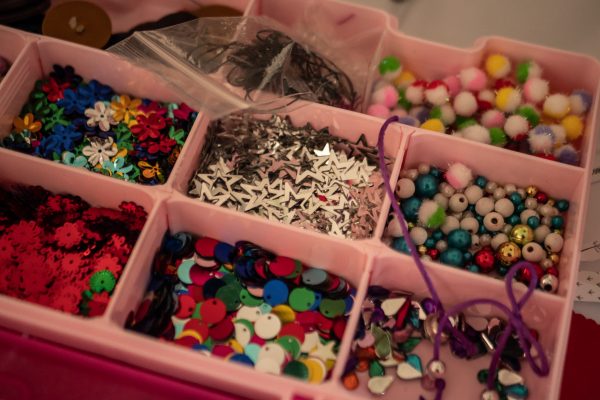

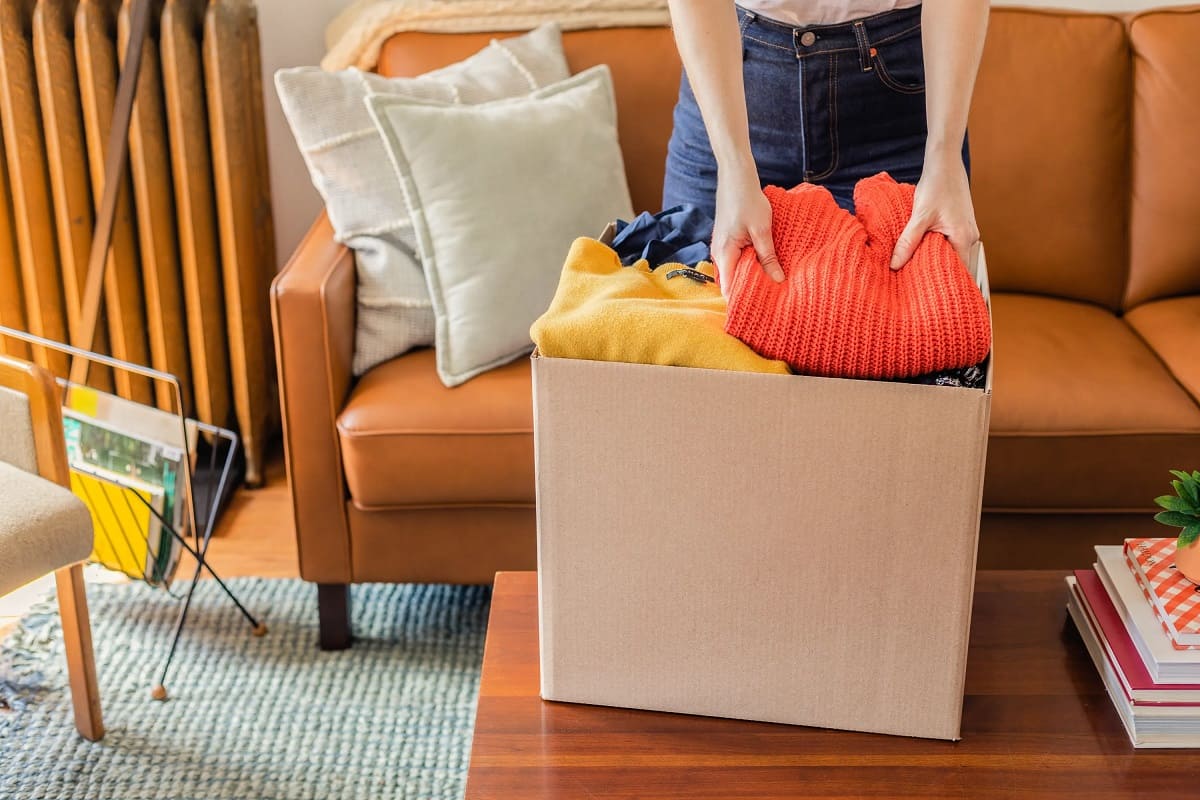


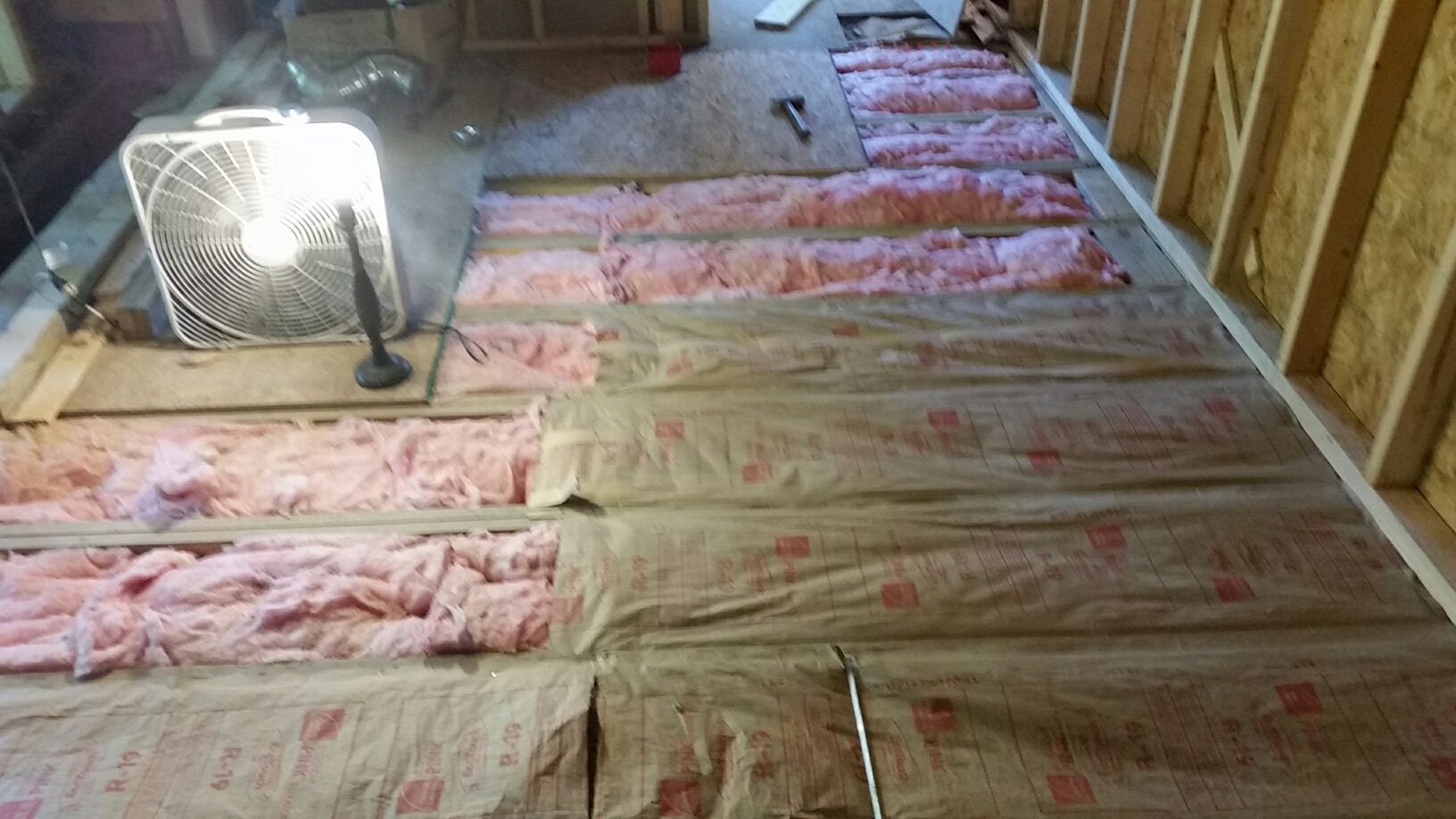
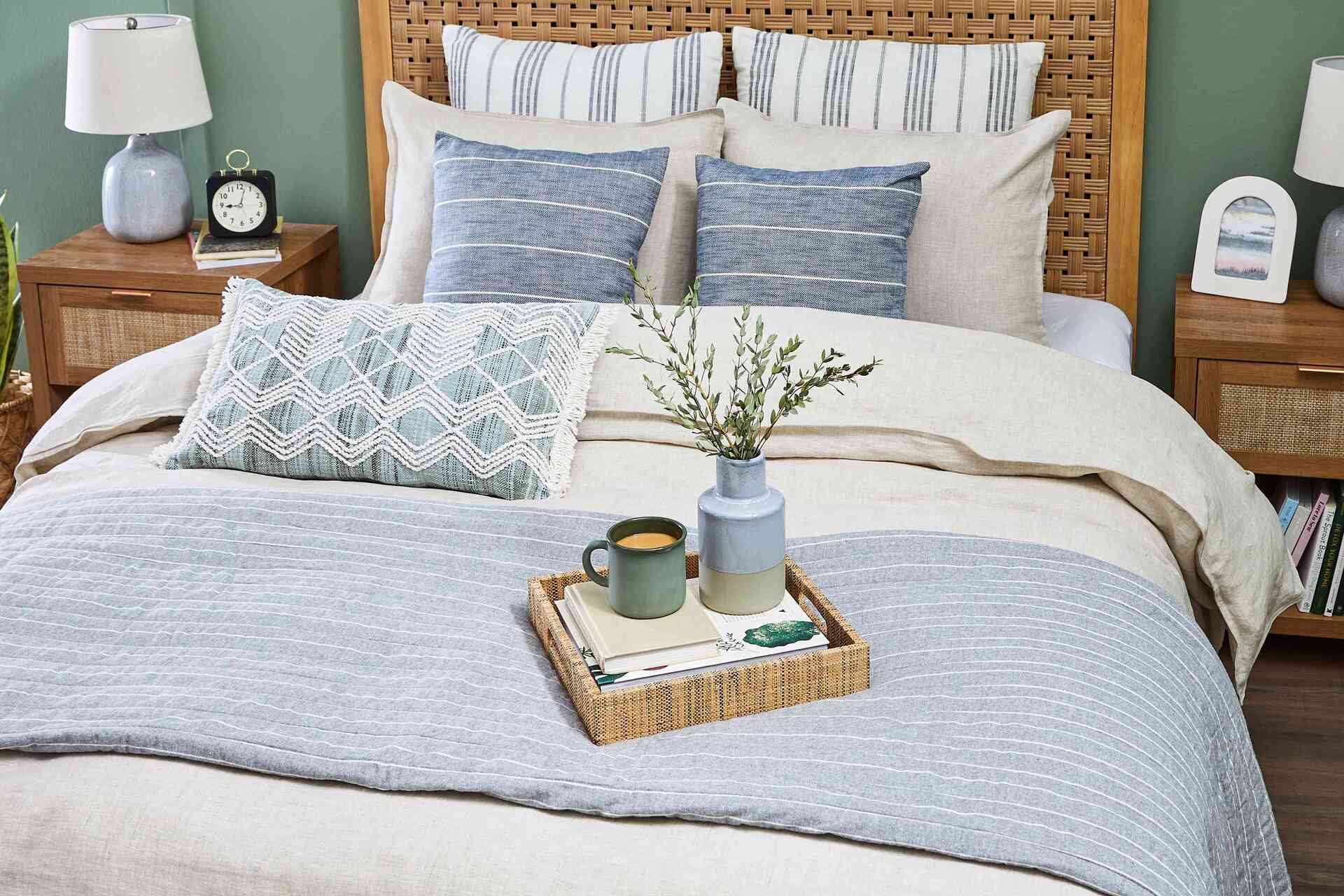



0 thoughts on “How To Organize Your Home In 30 Days”